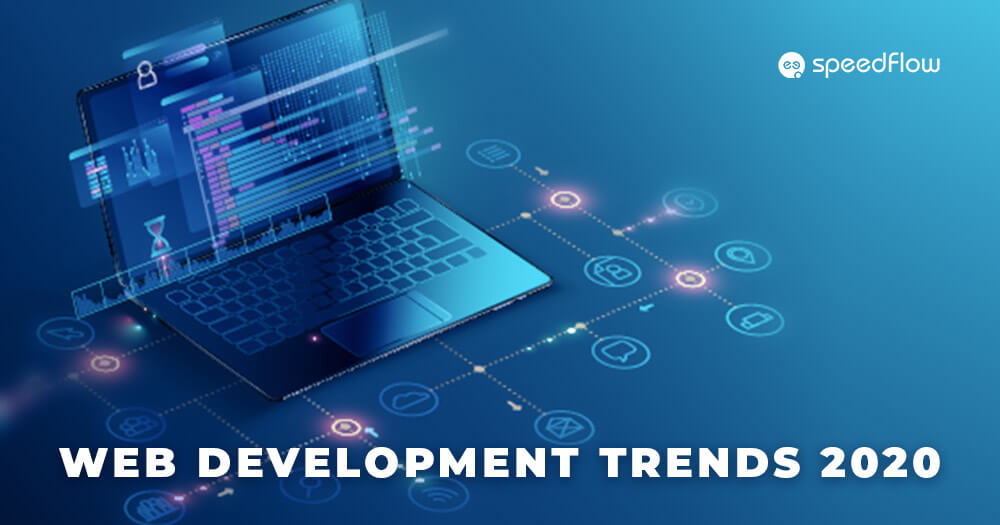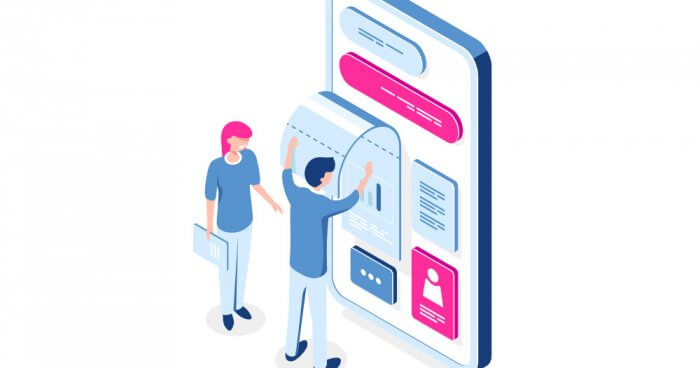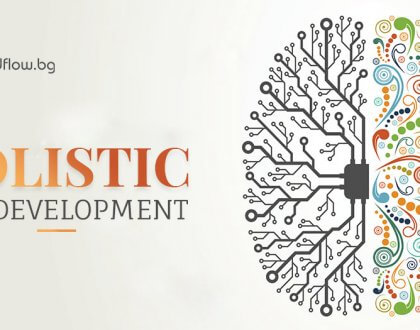6 Web Development Trends Expected to Rule 2020

Every year, the definition for ‘quality’ in web development undergoes transformation. Websites gain in functionality richness, engagement potential, and dynamism (i.e. vibrancy). As everything moves forward towards its more evolved form, the requirement for optimised user-friendliness remains a constant.
Over the last decade, Speedflow Bulgaria has occupied a front seat in web development. We have had the chance to witness, evaluate and integrate many of the emerging’new’ tricks into our work process. We have recognized that the needed knowledge and skills for quality web development piles up alongside emerging innovations each year. This is why we stay on top of the latest in web development.
This article will pinpoint 6 web development trends that are expected to preside over 2020.
1. Accelerated Mobile Pages (AMP)
With visits from mobile devices surpassing those from desktop computers, the mobile-first approach is expected to plant firm roots in the web development process during 2020. We expect developers to put a strong emphasis on websites that support AMP. This also means that there has to be a transition from mobile websites to those with AMP. The differences between the two are minor, but, nonetheless, AMP is considered the better option as it helps sites load faster. In addition, Google boosts sites that support AMP.
2. Artificial Intelligence
AI is among our most-liked topics to talk about. Science fiction has contributed a lot to the topic and yet the divide between the most advanced of the AI concepts that are described by it and reality is still, well, bridgeless. Yet, we are not that far from what was once imagined. Times are as exciting as ever, perhaps even more so, technology-wise.
AI in web development raises similar questions to the ones normally revolving around it. Will it take jobs away from humans? Will it somehow cause a shift in the web development profession that we need to adapt to?
The consensus is no. AI is getting steadily integrated into web development, mostly as a way to spike websites’ productivity and efficiency, rather than take jobs away from humans. Examples of AI use in web development: chatbots, analysis of visitors, recommendation systems, and so on.
3. Single Page Application (SPA)
Single-page applications are web applications that have been responsible for website visitors’ smooth user experience process, mostly through economy of data transmission. Essentially what they do is they aid the users in their navigational efforts and provide them with the desired content without loading the whole page from the server after each action. This significantly improves the loading time of the page and minimizes interruption to the users’ website experience. We expect SPAs to continue to dominate web development in 2019 and to see them evolve, particularly in providing a smoother solution to overloading of JavaScript size.
4. Modular development
Efficiency is important in web development. The less time and money is spent on a project—the more everybody involved is pleased with the result. This is why modular web development will take precedence in 2020. Modular development is simply a web-development method of building a website from already configured components. This is why it is a faster way of creating websites. The difficulty with modular development, however, is presented by how separate modules fit among themselves and how that affects design. When the right balance is struck, web developers can produce stunning websites in minimum time.
5. Motion UI
Design is one of the most important aspects of a successful website. Motion in a site is used to ease user experience and affirm selected brand characteristics. In 2020, motion UI is expected to gain traction. Through Motion UI, web developers will be looking to find new creative ways to tell stories. And that’s something we encourage and adopt in our work too.
6. WebAssembly
WebAssembly, also called Wasm, is a binary format for a stack-based virtual machine. It is a relatively new language in the web development world, first appearing in 2017. It is the fourth language that can run natively in browsers, alongside Javascript, HTML, and CSS.
Wasm’s characteristics have led many to believe that it is better than Javascript and will replace it completely in the future. The verdict is still out on this one, but, by the look of it, it will be used more and more by web developers throughout 2020.
If you have a different vision about 2020’s most popular web development trends, please share it in the comments section. And if you are interested in modern and effective web development services, please write to info@speedflow.bg
Recommended Posts

Snowy Christmas with Speedflow Bulgaria!
November 15, 2019

Why choose Speedflow to build your new website?
April 15, 2019





